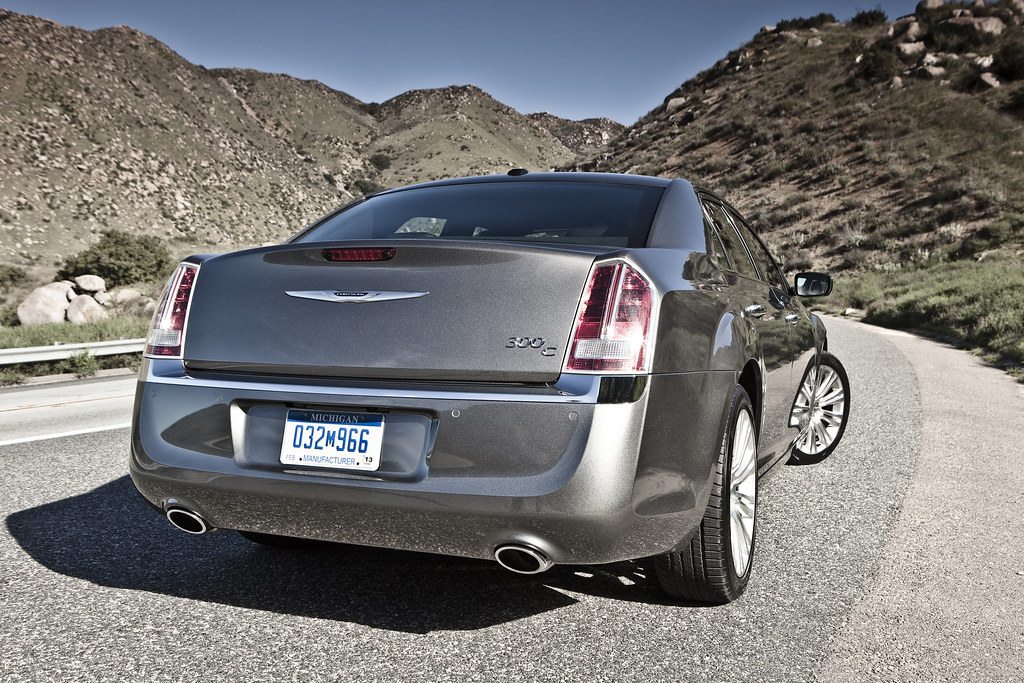
There’s something universally satisfying about a deep, rich exhaust note. It turns heads, adds character to your daily commute, and just makes the car feel more alive. This quest for a bassy growl often seems to imply significant investment in a full cat-back system or radical muffler swap. However, the path to a more profound exhaust tone isn’t always about the most expensive components or extreme modifications.
This in-depth guide reveals 12 expert-approved ways to make your car’s exhaust sound deeper and more aggressive. We’ll explore methods beyond the obvious, delving into the physics of sound and flow to arm you with actionable insights. Whether you’re daily driving, leasing, or seeking smart mods on a budget, prepare to discover how you can unleash that coveted bassy tone and make your car truly mean business.
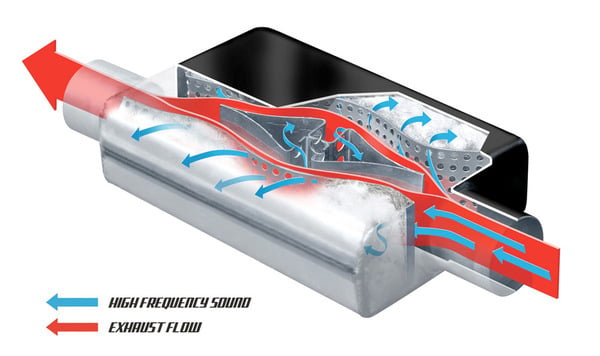
1. **Muffler & Cat-Back Upgrades: The Foundational Roar**For many seeking a deeper bass note, a muffler or cat-back upgrade is a common and effective solution. Cat-back systems are complete replacement exhaust systems bolting onto the catalytic converter, preserving emissions compliance while significantly enhancing sound. They are often straightforward to install, with diverse options available for most vehicles, providing an accessible choice for a direct, impactful sound change.
Muffler replacements are simpler, generally offering a good boost in rumble and a deeper tone. While cat-back systems might yield minor power gains, their primary benefit is a guaranteed increase in volume and a richer, deeper tone. When selecting, prioritize “chambered” mufflers; their internal design is tuned to produce a deeper note by amplifying lower frequencies.
Exploring available cat-back systems or individual mufflers is an incredibly effective first step. This approach delivers a tangible, often dramatic shift from a subdued factory sound to one that commands attention. It offers a direct route to significant tonal improvement, making it a popular choice for enthusiasts wanting a more aggressive exhaust without complex modifications.
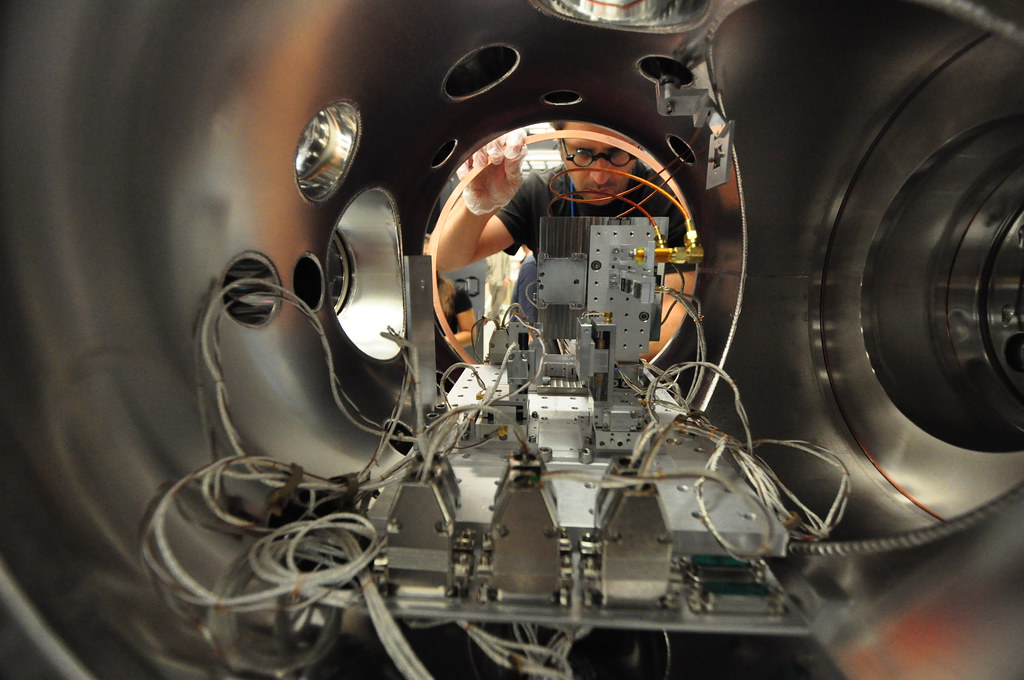
2. **Replace or Add a Resonator: The Secret Weapon for Tone Control**If your car’s exhaust sounds harsh or overly buzzy, the issue might be a missing or inadequate resonator, not the muffler. Resonators are specialized chambers that target and smooth specific sound frequencies, profoundly shaping the exhaust note. Crucially, you can add or swap one without touching your muffler, making it an overlooked yet highly effective modification for deepening and refining sound.
Resonators aren’t mere silencers; they’re frequency-specific tuning devices. A good resonator deepens the tone, transforming high-pitched buzz into a throaty rumble. Conversely, a poor or absent resonator causes rasp, buzz, and undesirable drone. Raspiness occurs when high-frequency sound waves go unchecked. A properly sized resonator eliminates this by absorbing sharper frequencies, allowing only desirable low tones through.
When adding an inline resonator, key factors include matching inlet/outlet size to your piping. Longer resonators are generally more effective at deepening tone. Choose chambered designs for aggressive tone shaping or straight-through for balanced performance. Durable stainless steel is recommended. Avoid “glasspack” designs if tone control is your goal, as they often add rasp.
Budget-friendly options like Vibrant Ultra Quiet, Magnaflow Resonated X-pipe, and Jones Exhaust resonators deliver excellent results. Though subtle, a quality resonator is arguably the single most effective way to achieve a deeper, more refined sound without altering the main muffler. It provides an immediate and satisfying improvement in exhaust quality, crucial for serious tone enthusiasts.
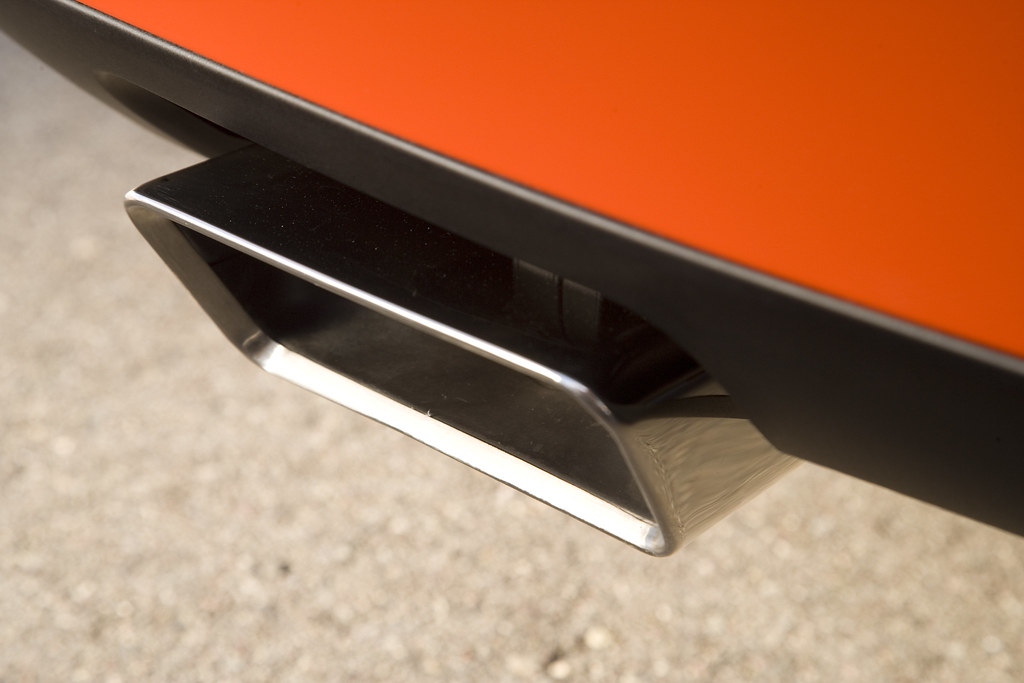
3. **Use an Exhaust Tip Designed for Tone: The Subtle Polishing Touch**The exhaust tip, often seen as purely cosmetic, significantly shapes your exhaust’s final sound. It’s a subtle yet effective component for deepening tone without muffler alteration. The right tip can add a desirable low-frequency rumble, while an unsuitable one can result in a tinny, hollow sound, lacking aggression.
Tip attributes like size, length, and shape are critical. Larger diameter tips, within reason, amplify deeper tones; however, excessive size looks awkward. Longer tips smooth and elongate sound waves, reducing rasp. Shape also matters: rolled-edge tips reflect sound waves back, contributing to a deeper note. Slash-cut tips offer a sharper, aggressive character, while turn-down tips direct sound towards the ground, subtly muting high-frequency snap and enhancing profoundness.
Resonated exhaust tips are particularly effective. These incorporate a mini sound chamber with perforated tubing inside, designed to cancel harsh tones, soften rasp, and add bass resonance at low RPMs. They refine sound rather than merely silencing. Straight pipe tips offer no modulation and can worsen existing buzziness. For maximum depth and minimal drone, pairing a resonated tip with a mid-pipe resonator creates a powerful synergistic effect.
When choosing, beware of cheap, slip-on chrome tips. Quality dual-wall tips, being thicker, reflect sound waves back to deepen tone and reduce rasp. Single-wall tips are lighter and may sound sharper. If your exhaust is quiet, a dual-wall tip can impart noticeable depth even without other modifications.
Top performers include the GM # 22799815 Dual Wall Tip, praised for its deeper, louder profile and durability, and the Flowmaster 15363 Rolled Angle Polished 304 Stainless Steel Tip, which delivered a noticeably louder roar with a lifetime warranty. The Borla 20248, with its stylish rolled-edge design, also excels in producing a deep, aggressive sound. A well-designed exhaust tip is a cost-effective mod to polish your tone, especially when combined with other upgrades.
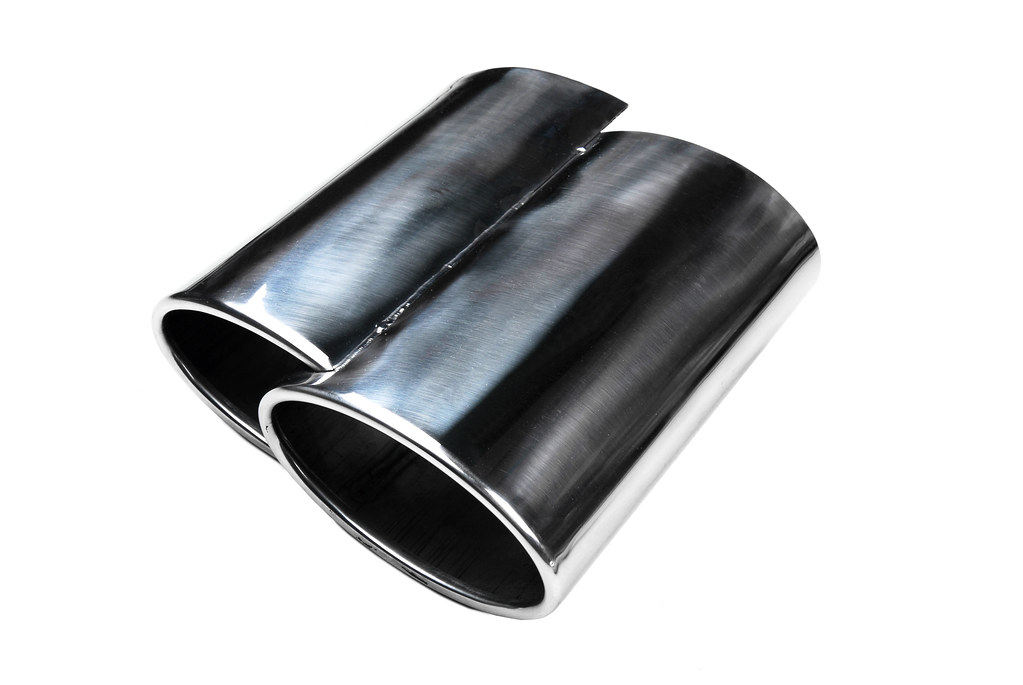
4. **Exhaust Leak Fix: The Overlooked Key to Instant Tone Improvement**One of the most overlooked yet profoundly effective upgrades for exhaust sound is simply fixing leaks. Even a tiny leak can strip your car of its deep, rumbling tone, replacing it with an undesirable hissy, raspy mess. Before investing in tips or resonators, ensure you’re not losing precious bass through a cracked joint or loose clamp, as this fundamental issue undermines all other sound enhancement efforts.
Small leaks, often difficult to detect, are major tone killers. They disrupt crucial exhaust pulse pressure needed for proper resonance, leading to inconsistent, unbalanced sound. These leaks introduce an unwanted “hiss” or “puff” at low RPMs and make the car sound higher-pitched. Critically, an upstream leak (closer to the engine) can severely diminish low-end grunt, precisely where you want sound to be strongest.
Leaks commonly appear at worn flanges, cracked flex pipes, deteriorated clamp connections, or poor-quality welds. If your exhaust suddenly sounds tinnier after a bump or harsh weather, a leak is likely the cause. Finding leaks doesn’t require specialized gear; simple DIY methods work. The soapy water method (spraying connections and watching for bubbles) or the paper towel trick (holding paper near a joint and watching for movement) effectively pinpoint issues.
Once identified, various sealing options exist. Exhaust paste (e.g., Gun Gum) offers temporary sealing for small gaps. Exhaust clamps provide easy bolt-on solutions, with band clamps being superior to U-bolts for a better seal. Welding offers the best permanent fix. Importantly, avoid silicone or RTV sealants, as they cannot withstand exhaust temperatures. Fixing leaks not only improves sound but also prevents cabin fumes, preserves performance, and stops future rust, making it a multifaceted upgrade.
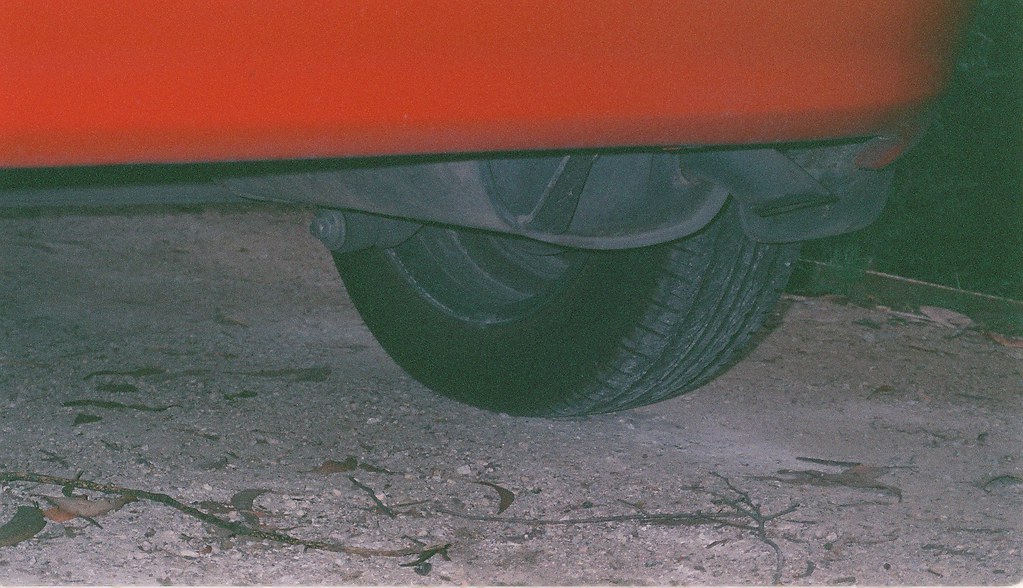
5. **Wrap or Coat Your Exhaust Pipes: Thermal Treatments with Tonal Benefits**While primarily used for heat reduction, exhaust wraps and ceramic coatings also surprisingly impact your exhaust sound. These thermal treatments can significantly refine tone, kill rasp, and soften metallic high notes. If you’re aiming for a more controlled and refined sound, this often-overlooked modification offers both performance and acoustic advantages.
Exhaust wraps, like those from DEI or Thermo-Tec, trap heat within the pipes, leading to faster gas flow and improved scavenging, which can offer a slight performance bump. More importantly for sound, wrapped pipes vibrate less. This dampens high-frequency “ping” or “ting,” muffles sharpness at higher RPMs, and subtly deepens the tone, especially under load, resulting in a warmer and more balanced auditory output.
This dampening effect makes wrapping excellent for raspy, raw, or metallic-sounding exhausts. It dramatically softens harsh edges, benefiting small-displacement engines naturally producing higher frequencies, as well as straight-pipe or resonator-delete builds that have become too loud. While not a miracle cure, expect a less harsh, more refined, and controlled sound.
Consider both pros and cons: wraps improve tone, lower under-hood temps, and are cheap/DIY-friendly. However, they can trap moisture (leading to rust), require re-wrapping, and can look messy. Ceramic coatings offer less tone dampening but are cleaner, longer-lasting, and better for heat control without trapping moisture, though pricier. For primary sound improvement, wrap is the direct DIY choice; for durability and aesthetics, ceramic coating wins. This small investment yields quieter highs, more controlled mids, and visual flair.
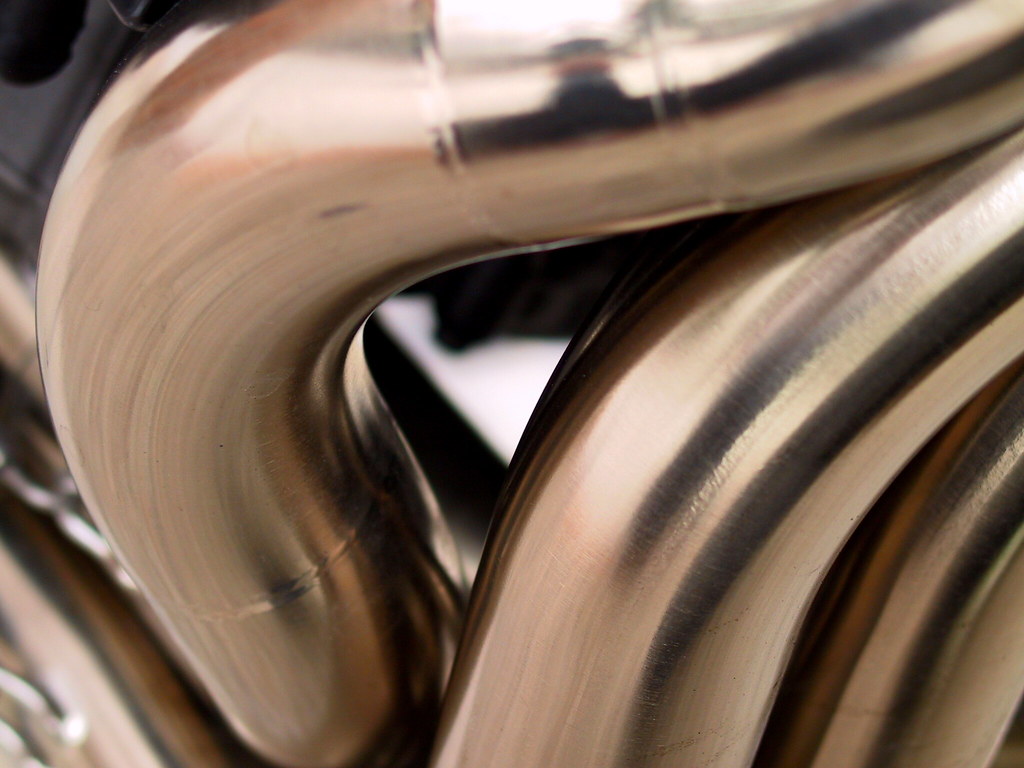
6. **Add a Helmholtz Chamber: Precision Noise Cancellation for Drone (Advanced DIY)**For enthusiasts seeking refined exhaust tone without a full muffler swap, the Helmholtz resonator is an advanced DIY secret weapon. Used by OEMs like BMW and Porsche, this powerful device cancels unwanted drone, reduces rasp, and adds depth without restricting flow. It’s a sophisticated tool for acoustic refinement, ideal for those comfortable with welding and precise fabrication skills.
A Helmholtz chamber is a tuned side branch of pipe added to your exhaust. Like a musical instrument, it resonates at a specific frequency, canceling it through wave interference—acting as “noise-canceling headphones” for your exhaust. This targeted approach is exceptionally effective at eliminating persistent drone, particularly in the 2,000–3,000 RPM highway range, and can tone down metallic buzz in high-revving engines.
Constructing and sizing a Helmholtz chamber requires precision. You need a short length of pipe (1″ to 2″ diameter) and a T- or Y-joint welded into your mid-pipe or tailpipe. Crucially, the side pipe must be capped, forming a “dead-end” tuned tube. While online calculators simplify sizing, the approximate formula is L = (1130 / (4 × f)) × 12, where L is pipe length in inches and f is the target frequency in Hz.
For optimal results, place the chamber after your primary resonator and before the axle-back section. Ensure secure welds and a perfect cap seal. Avoid flexible or crush-bent tubing; precision is paramount. While frequency-specific, a Helmholtz chamber, when paired with a good broad-spectrum resonator, can elevate an aftermarket system to an OEM-quality tone. It’s an advanced, yet rewarding, DIY project.
Building upon the foundational modifications we’ve already explored, we now dive deeper into the realm of exhaust acoustics, unveiling six more methods to sculpt your car’s sound profile. From the subtle art of engine tuning to the significant impact of upstream component upgrades, these strategies offer a comprehensive pathway to achieving that truly custom, aggressive, and deeply satisfying exhaust note. Get ready to explore the less obvious, yet incredibly effective, ways to make your vehicle roar with authority.
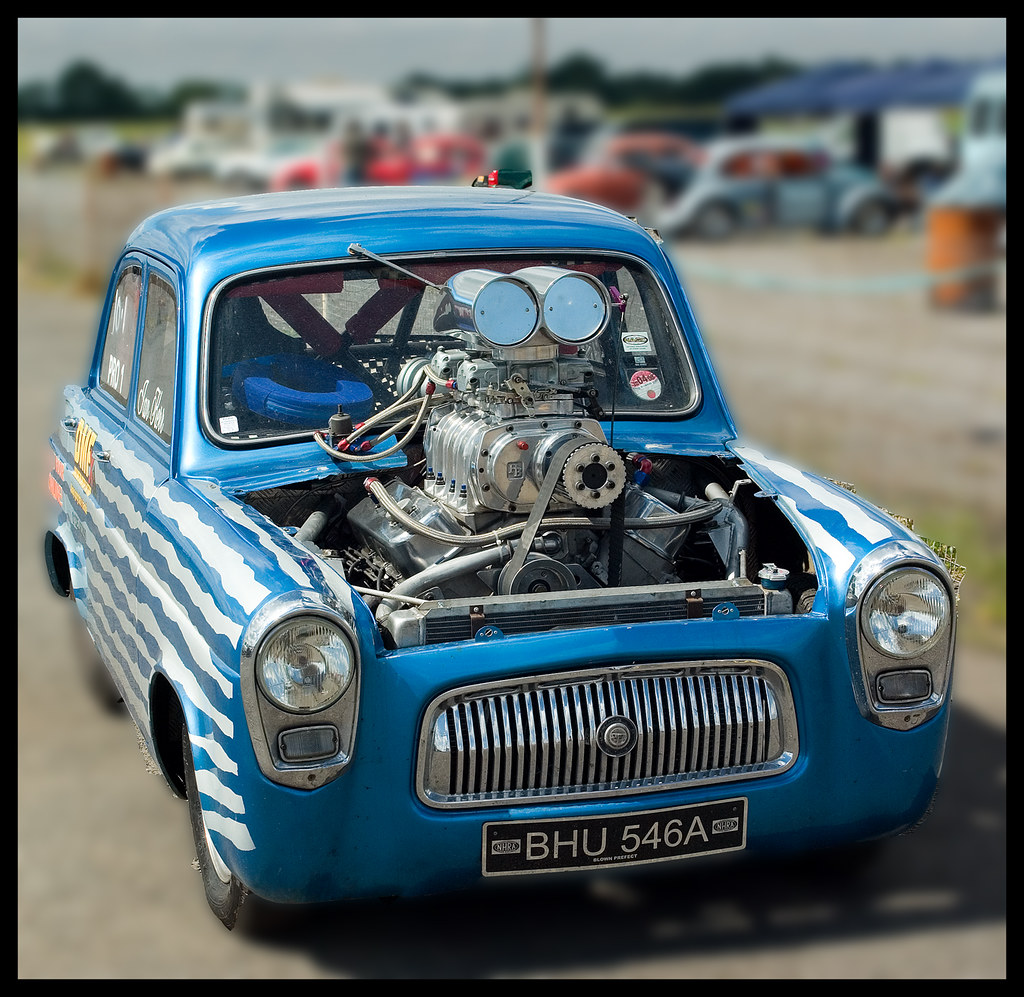
7. **Engine Tuning Matters: Beyond Horsepower, Into Sound**When most enthusiasts hear “engine tuning,” their minds immediately jump to horsepower figures, torque curves, and faster acceleration. While those are certainly prime objectives, a frequently overlooked benefit of a well-executed engine tune is its profound impact on your exhaust sound. Believe it or not, a precisely tuned engine can make even a stock exhaust system sing a deeper, cleaner song than a bolt-on system running out of sync.
At the heart of this acoustic transformation lies the Air-Fuel Ratio (AFR). A richer fuel mixture, particularly noticeable at idle and lower RPMs, tends to produce a deeper, more ‘throaty’ exhaust tone. Conversely, engines running lean often sound higher-pitched, hollow, or even raspy – a sound no enthusiast desires. Strategic tuning for a slightly richer mix can warm up your exhaust’s voice without necessitating any physical hardware changes, though striking the right balance is crucial to avoid fouling spark plugs or reducing efficiency.
Beyond AFR, subtle adjustments to ignition timing and idle RPM also play a part. Slightly retarded timing can impart a deeper idle tone, while a lower idle RPM results in slower exhaust pulses, contributing to a bassier sound. Some tuners even artfully introduce a slight ‘lope’ or burble, within legal limits, to enhance character. These are not modifications for the casual DIYer, but rather adjustments best explored with a professional tuner who understands the delicate balance between performance and acoustic refinement.
For serious sound tuning, an ECU flash (from reputable brands like Cobb, Hondata, or APR) offers the deepest integration and full control over AFR and timing. While piggyback modules (like JB4 or RaceChip) are easier to install, they often have more limited capabilities for precise tone control. Ultimately, the ‘brain’ of your engine is as vital as the exhaust path itself in shaping its voice, proving that a well-tuned engine is often the unsung hero of a great exhaust note.
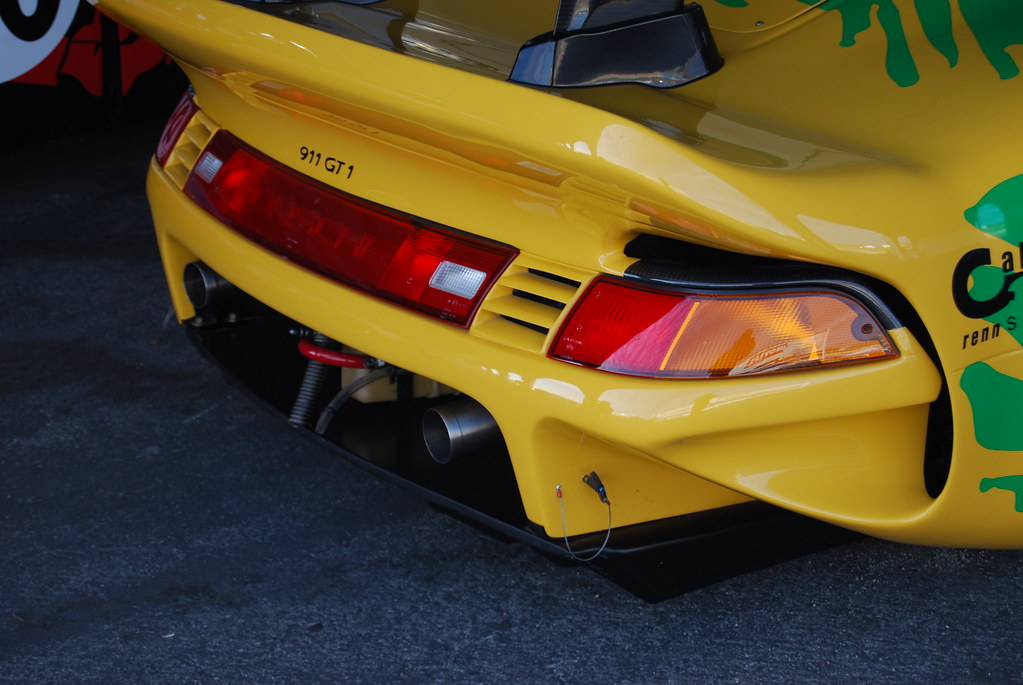
8. **Cutting the Pipe: The No-Cost DIY Hack for Extra Volume**For those seeking an immediate, no-cost way to make their car sound a bit more aggressive, the “cutting the pipe” trick is a classic backyard hack. While it’s certainly not for everyone and has its limitations, it can provide a quick boost in volume and depth. This method involves carefully making strategic cuts into your exhaust tube just before the muffler, allowing more sound to escape and altering the exhaust’s acoustic path.
To attempt this, you’ll need a grinder and a 1/4-inch thick grinding wheel, along with plenty of caution. Begin by safely crawling under your vehicle and locating the exhaust tube as it enters the muffler. Select a spot approximately two inches from the muffler and carefully make a slit across the bottom of the tube, aiming for about a quarter of its circumference. This initial cut creates a small exit point for some exhaust gases, immediately impacting the sound.
Once the initial cut is made, start the engine (safely, of course!) and have someone gently rev it while you listen to the new sound. If you desire a deeper or louder tone, you can gradually widen this cut to about a third of the pipe’s circumference. For even more pronounced effects, additional cuts, spaced roughly four inches apart along the pipe, can further amplify depth and volume. Remember, this is a modification that cannot be easily undone, so proceed with careful, incremental adjustments.
It’s crucial to understand the limitations of this method. While it’s undeniably cheap, excessive cutting can lead to an annoying, high-frequency noise that overwhelms the pleasant low-frequency sounds you’re aiming for. It’s a crude but effective way to experiment with sound on a shoestring budget, but for refined, consistent tone, other methods will yield superior results.
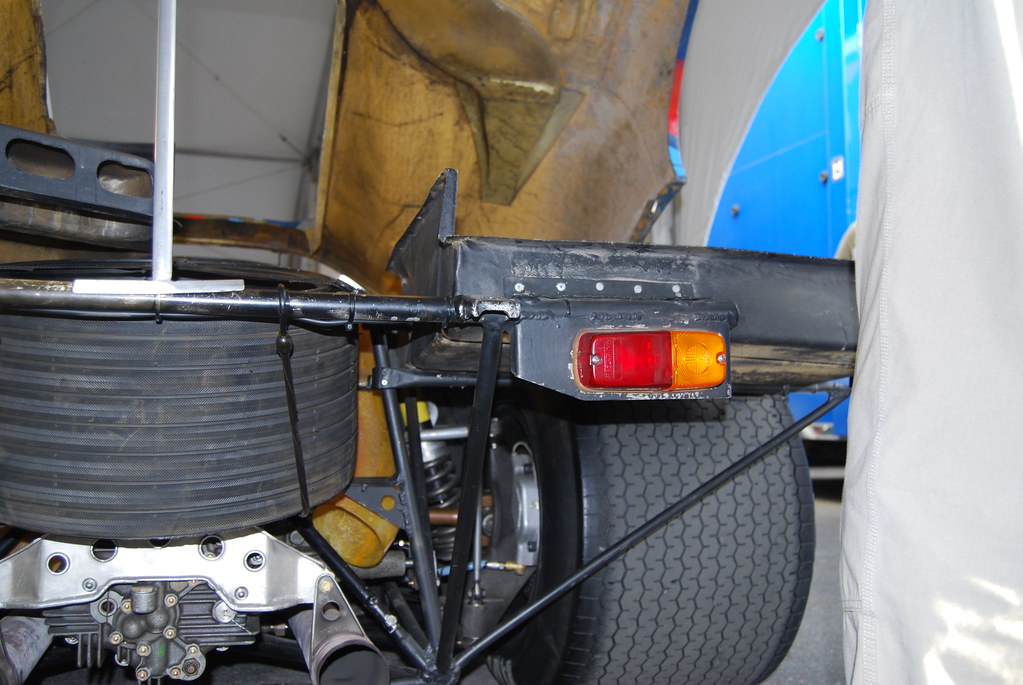
9. **Optimize Pipe Diameter & Length: The Deep Tone Foundation, Naturally**Beyond just cutting, the fundamental physical characteristics of your exhaust tubing—its diameter and length—are profound determinants of your car’s acoustic signature. Think of your exhaust system as a meticulously designed musical instrument; every bend, every inch of pipe, and its overall girth contributes to the final symphony. Understanding these elements is key to achieving a naturally deeper, throatier sound.
Larger-diameter pipes, within reason, are the foundation for a deeper, more guttural tone. They allow exhaust gases to expand and slow down slightly as they exit, which translates into lower-frequency sound waves. Conversely, pipes that are too small create restriction and a buzzy, higher-pitched tone, especially at higher RPMs. However, there’s a fine line: an excessively large pipe can lead to a loss of essential backpressure, causing the sound to become hollow or metallic, particularly in smaller engines. The goal is to strike a balance between sufficient flow for performance and enough restriction to cultivate a rich, deep tone.
Pipe length is another critical, often overlooked, factor. Longer piping provides sound waves with more room to resonate and develop, which frequently results in an enhanced low-end growl. Shorter pipes, on the other hand, tend to produce a sharper, more immediate note. When designing or modifying an exhaust, aiming for longer, straighter sections of tubing will generally contribute to a lower sound, as low-frequency waves travel more efficiently through these paths. Hard bends and sharp turns can disrupt these waves, leading to unwanted turbulence, hiss, or rasp.
For optimal results, always prioritize smooth, mandrel-bent tubing. Unlike crush-bent pipes, mandrel bending maintains a consistent diameter throughout the bends, ensuring superior flow and preserving tone quality. This precision allows low-frequency sound waves to navigate the system without disruption, contributing to a cleaner, deeper, and more sustained rumble. The material also plays a role: mild steel tends to absorb more vibration, offering a deeper tone, while stainless steel reflects sound, potentially yielding a sharper note, which might then benefit from the addition of a resonator or longer piping to restore that coveted low growl.
Read more about: Unleashing the Boost: A Deep Dive into the Pioneering Turbocharged Oldsmobile Jetfire and Chevrolet Corvair

10. **Cherry Bomb Mufflers: Emulating Helmholtz for Aggression and Drone Control**While advanced Helmholtz chambers are excellent for precision noise cancellation, there’s a more traditional, and often more aggressive, method to achieve a similar effect: incorporating ‘cherry bomb’ mufflers. These iconic, shorty mufflers can be strategically placed within your exhaust system to emulate some of the benefits of a Helmholtz resonator, specifically targeting rapidly bouncing high-frequency waves while leaving the desirable deeper tones largely unaffected.
Richard Rowe’s insights suggest that installing one or two six-inch-long “cherry bomb” mufflers about six inches past your catalytic converter can effectively catch those troublesome high-frequency waves. This early cancellation helps to reduce the notorious exhaust drone – that persistent, often headache-inducing pipe vibration caused by high-frequency tubing resonance – while simultaneously allowing the longer, more profound low-frequency waves to pass through with minimal impedance. The result is a more aggressive sound profile without the excessive, uncontrolled rasp.
Cherry bomb mufflers, characterized by their straight-through design and often vibrant red casing, achieve their sound-shaping by interrupting and dispersing certain sound waves. While not as precisely tuned as a dedicated Helmholtz chamber, their compact size and internal baffling structure are surprisingly effective at taming unwanted high-pitched sounds and adding a distinctive, guttural growl that many enthusiasts crave. They act as a sort of early warning system for high frequencies, preventing them from propagating further down the exhaust system and causing drone.
However, it’s important to choose reputable brands and consider the overall exhaust setup. Using too many, or poorly constructed, cherry bombs can sometimes lead to an overly loud or unrefined sound. When integrated thoughtfully, perhaps in conjunction with a primary resonator or other tone-shaping components, these small but mighty mufflers offer a unique and effective way to infuse aggression into your exhaust note while mitigating drone, providing a compelling alternative for those looking for a more traditional approach to sound tuning.
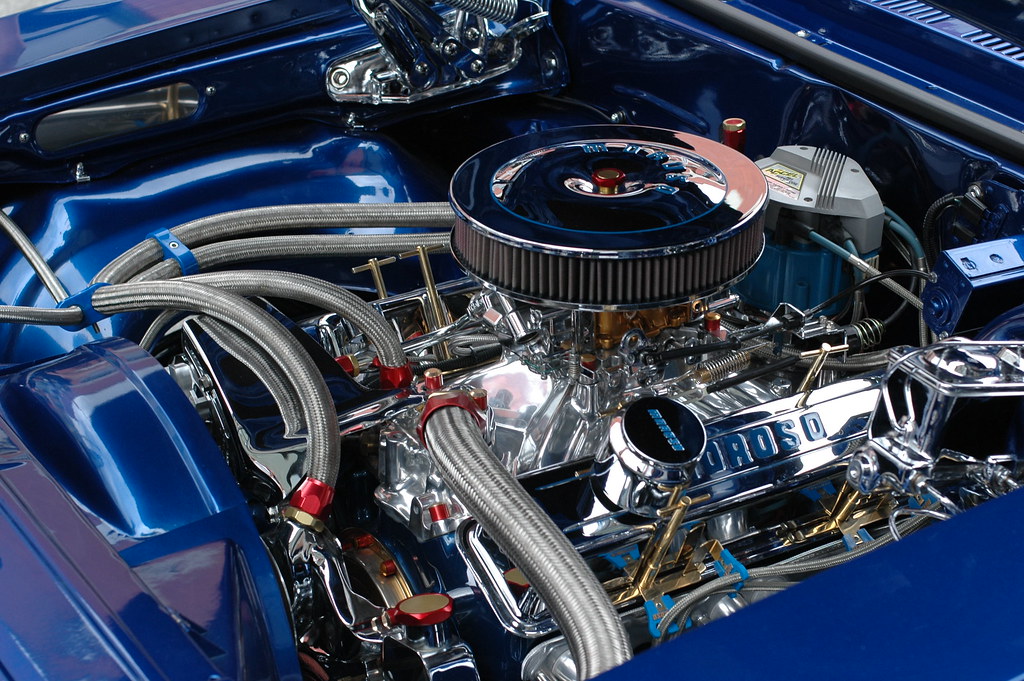
11. **Upgrade Upstream Components: High-Flow Cats & Full-Length Headers for Max Depth**While much of our focus has been on the mid- and rear sections of the exhaust, truly optimizing your sound often requires looking further upstream – closer to the engine itself. Upgrading components like high-flow catalytic converters and full-length headers can dramatically reshape your exhaust’s voice, unlocking levels of depth and aggression that are simply unattainable with downstream modifications alone. These components improve exhaust flow right from the source, directly influencing the fundamental character of the sound.
Let’s start with the catalytic converter. While eliminating it completely (which is illegal if your vehicle originally came with one) would open up sound possibilities, a more responsible and still highly effective approach is to switch to an aftermarket, high-flow, metal-core converter. This can make a significant difference in sound, especially if you’re replacing an older, more restrictive lead-pellet-style converter. High-flow cats allow exhaust gases to pass through more freely, reducing backpressure and allowing the engine’s true voice to emerge with greater clarity and depth. Always ensure any retrofit complies with local legality and emissions standards, but the tonal benefits are undeniable.
Moving even closer to the engine, a set of full-length headers using long merge collectors will get your engine sounding about as deep as it ever will. Headers are designed to optimize exhaust scavenging – the process of efficiently pulling exhaust gases out of the cylinders. The principles here mirror those of optimizing pipe diameter and length: larger diameter and straighter header primary tubes contribute to a deeper sound. Longer primary tubes give sound waves more room to resonate before merging, amplifying low-frequency growls. While equal-length headers are often favored for performance, straighter header tubes can offer superior low-frequency sound transmission, making them a prime choice when maximum exhaust depth is the goal.
Combining these upstream upgrades creates a synergistic effect. A high-flow catalytic converter reduces initial restriction, allowing exhaust pulses to develop more freely, while full-length headers sculpt these pulses into longer, deeper waves. This tandem modification provides the ultimate foundation for a truly powerful, aggressive, and deeply resonant exhaust note. It’s an investment, both in parts and installation, but for those chasing the most profound and performance-oriented sound, upgrading these upstream components is an essential step.

12. **What Not to Do: Avoiding the Buzz and the Blunders**In the quest for a deeper, more aggressive exhaust note, it’s easy to fall prey to common pitfalls and bad advice. The internet is awash with “hacks” that promise big sound for little money, but often deliver nothing more than metallic rasp, incessant buzz, or even legal trouble. To save you from future headaches and regret, here’s a crucial guide on what modifications to steer clear of.
First up: **Glasspacks or straight pipes on small engines.** While a straight-piped V8 might roar with authority, attempting this on a 1.6L or 2.0L four-cylinder is often a recipe for disaster. Glasspacks tend to amplify all frequencies, including harsh ones, while straight piping eliminates all tone control. The result is rarely deep and aggressive; instead, it often sounds like an angry weedwhacker with indigestion – loud, flat, and drone-heavy. If you want depth, focus on resonance and flow control, not just volume.
Next, beware of **fake muffler deletes, particularly the “cut, plug, and hope” method.** Some individuals try to modify their existing muffler by cutting it open, removing the baffling, and welding it back shut. This amateur approach typically leads to bizarre harmonics, internal rattles, and a sound that’s louder but far from clean or pleasing. If you’re going to commit to a muffler delete, do it properly with a dedicated pipe, or reconsider the modification entirely. Half-baked deletes rarely sound good and often cause more problems than they solve.
Perhaps the most egregious “hack” is **drilling holes in the muffler.** Yes, this is a real trend, fueled by the misguided logic that more holes equal more sound. In reality, punching holes in your muffler creates random leaks, leading to inconsistent frequencies and a messy hiss instead of bass. Moreover, it accelerates the breakdown of internal muffler components and invites rust by allowing water ingress. Unless your goal is to emulate a distressed lawnmower, this modification is an absolute no-go.
Finally, avoid **mesh filters or tip restrictors.** Some misguided advice suggests stuffing mesh inside your tailpipe or using “tip restrictors” will deepen the tone or simulate backpressure. This is patently false. Mesh filters create detrimental turbulence, not better sound, and restrictors simply choke your exhaust, reducing both performance and the quality of the tone. If your objective is a harmonious blend of tone and flow, these restrictive measures work against you, making your car sound muted and inefficient rather than deep.
Chasing that deeper, richer exhaust note without resorting to a full muffler swap might seem like a complex endeavor, but as we’ve explored, it’s absolutely within reach. Remember, true depth and aggression come from a scientific understanding of acoustics, coupled with a touch of personal style. There’s no one-size-fits-all solution; your engine size, layout, and even the material of your piping all play a pivotal role. The journey to the perfect exhaust tone is an iterative one: test, tune, and learn. Aim for clarity and a balanced resonance, not just sheer volume. By taking a thoughtful, step-by-step approach, combining resonated tips, mid-pipe resonators, leak fixes, thermal treatments, and even advanced tuning or upstream upgrades, you can sculpt an exhaust note that truly makes your car mean business—without turning it into a noise nuisance. The world of exhaust customization is vast and rewarding, proving that you don’t need to spend thousands or make radical chops just to sound good. With the right tweaks, even on stock hardware, you can achieve a satisfying tone that fits your car, your ears, and your driving goals.



